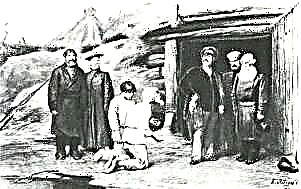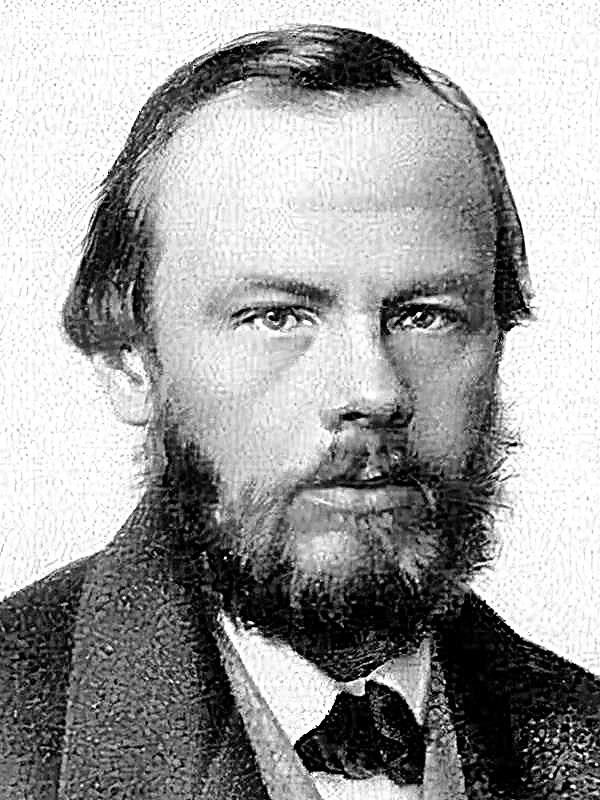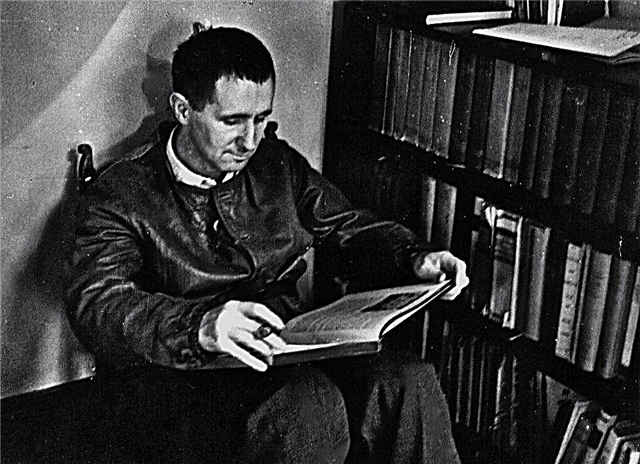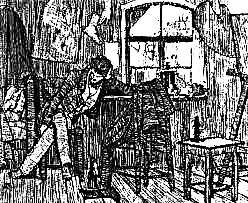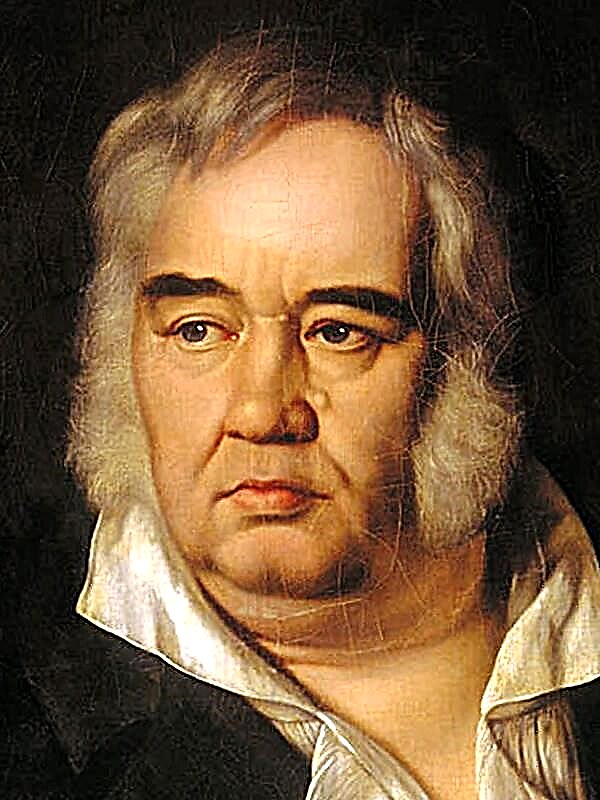(332 words) St. Petersburg is one of the most amazing cities in Russia. It has not only political and historical significance, but also, undoubtedly, literary. Outstanding writers lived here, many of whom described the Northern capital, and sometimes it even became a significant character in the works. For example, A. S. Pushkin in the famous poem "The Bronze Horseman" outlined the grandeur and sophistication of St. Petersburg.
I love you, Peter’s creation, / I love your strict, slender look, / Neva’s sovereign current, / Its coastal granite ...
The author devotes such glorifying lines to his beloved city, but he does not have an exceptionally positive image in the writer's works. In The Queen of Spades, he becomes a den of vice, and many of its inhabitants - crazy. And in these lines despair and hopelessness are captured:
The city is magnificent, the city is poor, / The spirit of bondage, a slender look ...
The poet, praising Petersburg, was not afraid to mention social problems such as poverty, hunger, slavery in his works, although he understood how dangerous this was during the reign of Nicholas I.
N.V. Gogol’s vision of the capital gradually changed: at the beginning of his career, he was fascinated by its splendor, therefore, in the novel “The Night Before Christmas”, Petersburg is a fantastic and beautiful city. However, in the future he loses his fabulousness and becomes ruthless and vicious; there is no place for a "little man" ("The Overcoat", "The Tale of Captain Kopeikin" from the poem "Dead Souls").
One of the most memorable images of St. Petersburg was created by F. M. Dostoevsky in the famous novel “Crime and Punishment”. The gloomy, gray capital puts pressure on its inhabitants, strangles them. The “sad, ugly and fetid” city turns into an accomplice in the atrocity committed by Raskolnikov. The hero notices the beauty of architecture, however, “inexplicable cold blew” on him from the magnificence of St. Petersburg; in addition, he watches the desperate townspeople. Perhaps it was the observations that became the basis for the theory of Raskolnikov and pushed him to kill. Literary critic Y. Lotman believed that in St. Petersburg Dostoevsky covered the entire artistic field of space and time, and therefore he acquired a special privilege to represent Russia. He also noted that in the novel “The Brothers Karamazov” it was in Northern Palmyra that Russia’s illness, its fears, horrors and passions are personified.
So ambiguous, multifaceted, St. Petersburg appears to us in Russian classical literature: dirty and beautiful, majestic and vicious, a city of indifferent officials and great minds, he tirelessly watches the tragedies of human life.


